Executive Summary:
Louisiana Governor Jeff Landry has asked for up to 1,000 National Guard personnel to deploy across the state, citing persistent violent crime and shortages in local law enforcement. The move reflects a wider U.S. trend of governors leaning on Guard units for domestic security assistance, raising practical questions about public safety, civil-military roles, and community trust.
Current and proposed operations
Governor Landry’s request, made Monday, asks the Louisiana National Guard to assist law enforcement statewide as departments struggle to fill vacancies. While the administration has highlighted violent crime and staffing gaps as the drivers, detailed tasking—where troops would go, what missions they would perform, and how long they’d stay—has not been publicly outlined. In similar deployments elsewhere, Guard units typically work under the governor’s control in support roles alongside police, such as securing critical infrastructure, helping with traffic control at major events, bolstering patrol presence in targeted areas, and providing analytical or logistics support. Whether Louisiana seeks state-funded activation or a federally supported status will affect cost, duration, and the exact authorities troops have.
Why now: crime patterns and staffing pressure
Louisiana’s largest cities have grappled with cycles of violent crime and thinning police ranks since the pandemic. New Orleans, which saw homicides surge in 2022, reported improvements through 2023 and into 2024, but levels have remained elevated compared to pre-2020. Police staffing has lagged recruitment goals in multiple parishes, with officials acknowledging several-hundred-officer gaps against authorized strength. Those shortages mean slower response times, fewer proactive patrols, and heavier overtime—factors that can feed burnout and make retention harder. The governor’s pitch essentially trades on the Guard’s capacity to surge manpower quickly, buy time for recruitment and training to catch up, and stabilize hot spots where local resources are stretched.
What residents might actually see
If the request moves forward, most people would be more likely to notice a stronger uniformed presence around transit hubs, business districts, critical infrastructure, and large events than to see soldiers making arrests. Under state control, Guard members can be authorized to support law enforcement, but in practice they’re usually paired with police and focused on deterrence, perimeter security, and logistics. Expect coordinated command posts with state police and local departments, clear rules for use of force, and an emphasis on visibility. For communities, the trade-off is straightforward: some residents may welcome faster response and a greater sense of safety; others may worry about the optics of militarization or the potential for tense encounters. For Guard families and employers, a broad activation can mean disrupted schedules and added strain if the mission lasts months rather than weeks.
How this fits a broader U.S. trend
Louisiana wouldn’t be alone in turning to the Guard for domestic security support. Over the past few years, governors have repeatedly activated Guard units for non-disaster missions, from civil unrest responses in multiple states in 2020, to targeted anti-drug operations and analytical support in California, to ongoing border support missions in Texas and other border states. The pattern reflects two converging realities: local agencies facing recruitment and retention challenges, and Guard units that are highly adaptable and can surge in-state on short notice. The flip side is sustainability. The Guard already carries a busy load of disaster response, training, and occasional overseas deployments; frequent domestic security missions can stretch both personnel and budgets if they become a long-term substitute for rebuilding local police capacity.
Key questions and next steps
The most important pieces to watch now are operational specifics and accountability. Where will troops deploy, under what rules, and with what measures to track outcomes like response times or violent crime trends? How long is the mission envisioned to last, and what is the plan to transition responsibilities back to fully staffed local departments? Funding is another hinge point: state lawmakers may need to adjust budgets if this becomes a sustained operation. Finally, community engagement will be critical. Clear communication from state and local leaders, independent oversight, and regular public reporting can help ensure the deployment addresses immediate safety concerns without eroding trust in the long run.
For most Louisianans, the bottom line is practical: will this make neighborhoods feel safer, and will 911 responses get faster? The answer will depend less on the initial headlines and more on the details—how the Guard is used, how success is measured, and whether the state can use this breathing room to rebuild the policing capacity that makes long-term gains possible.



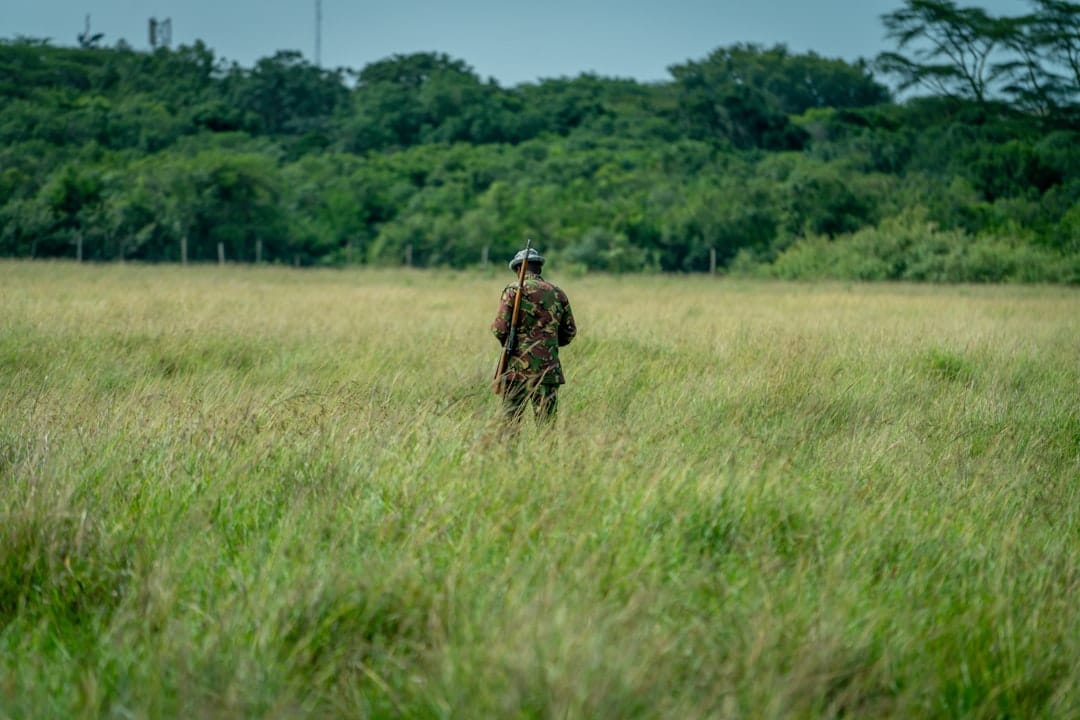
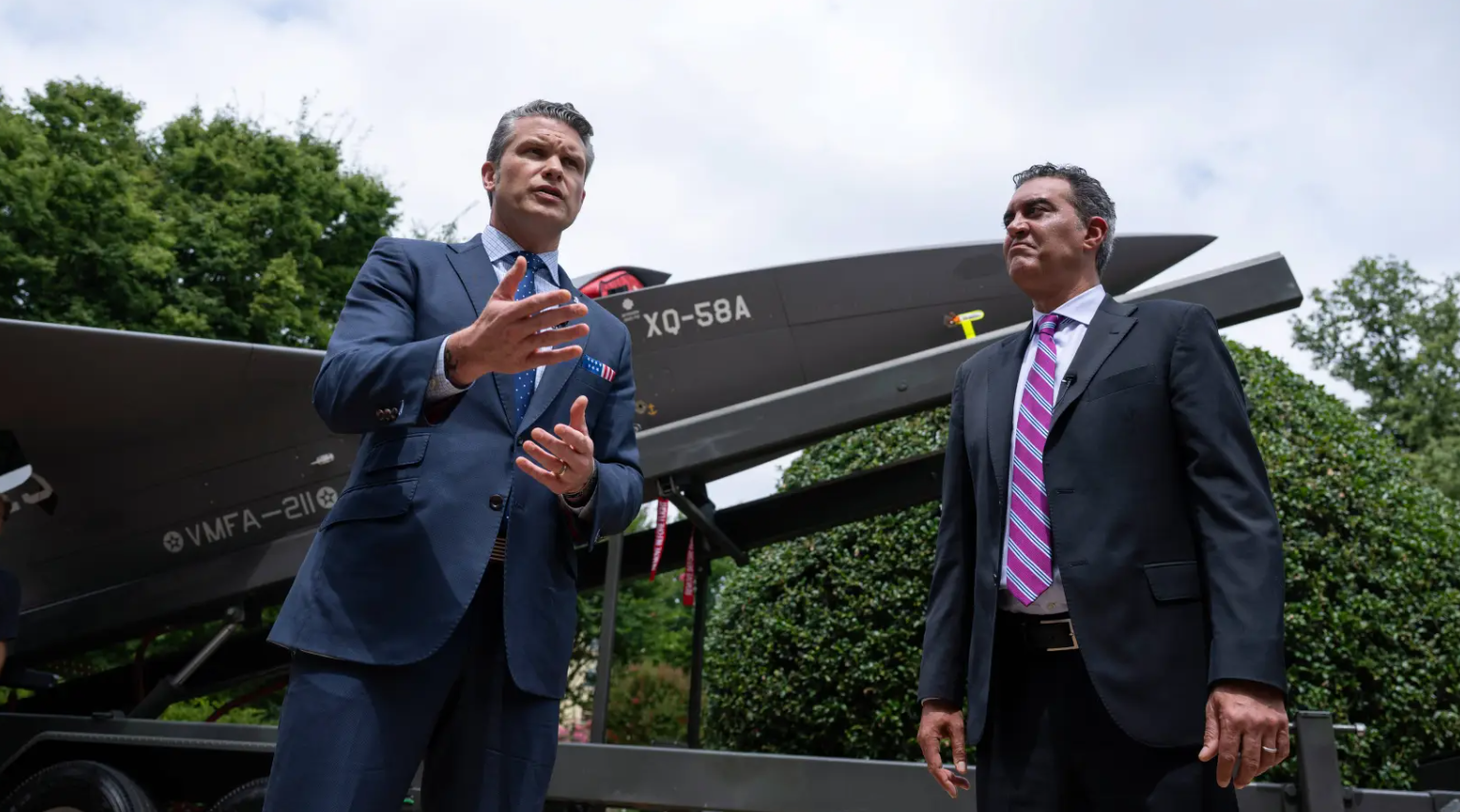

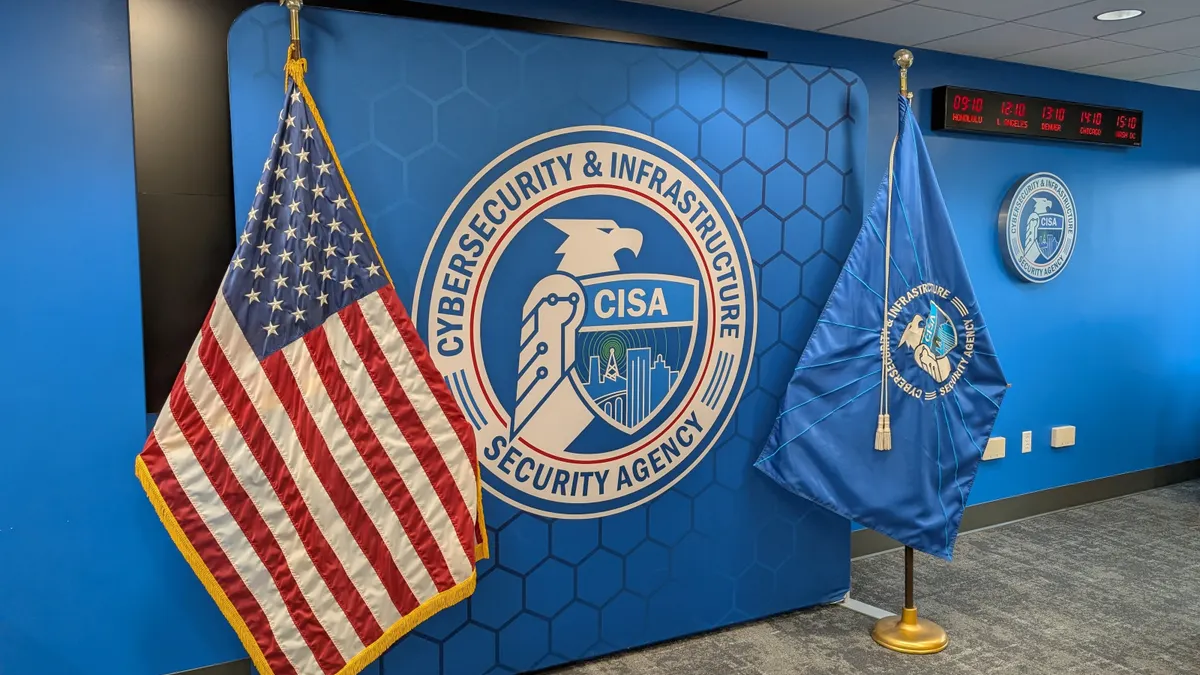
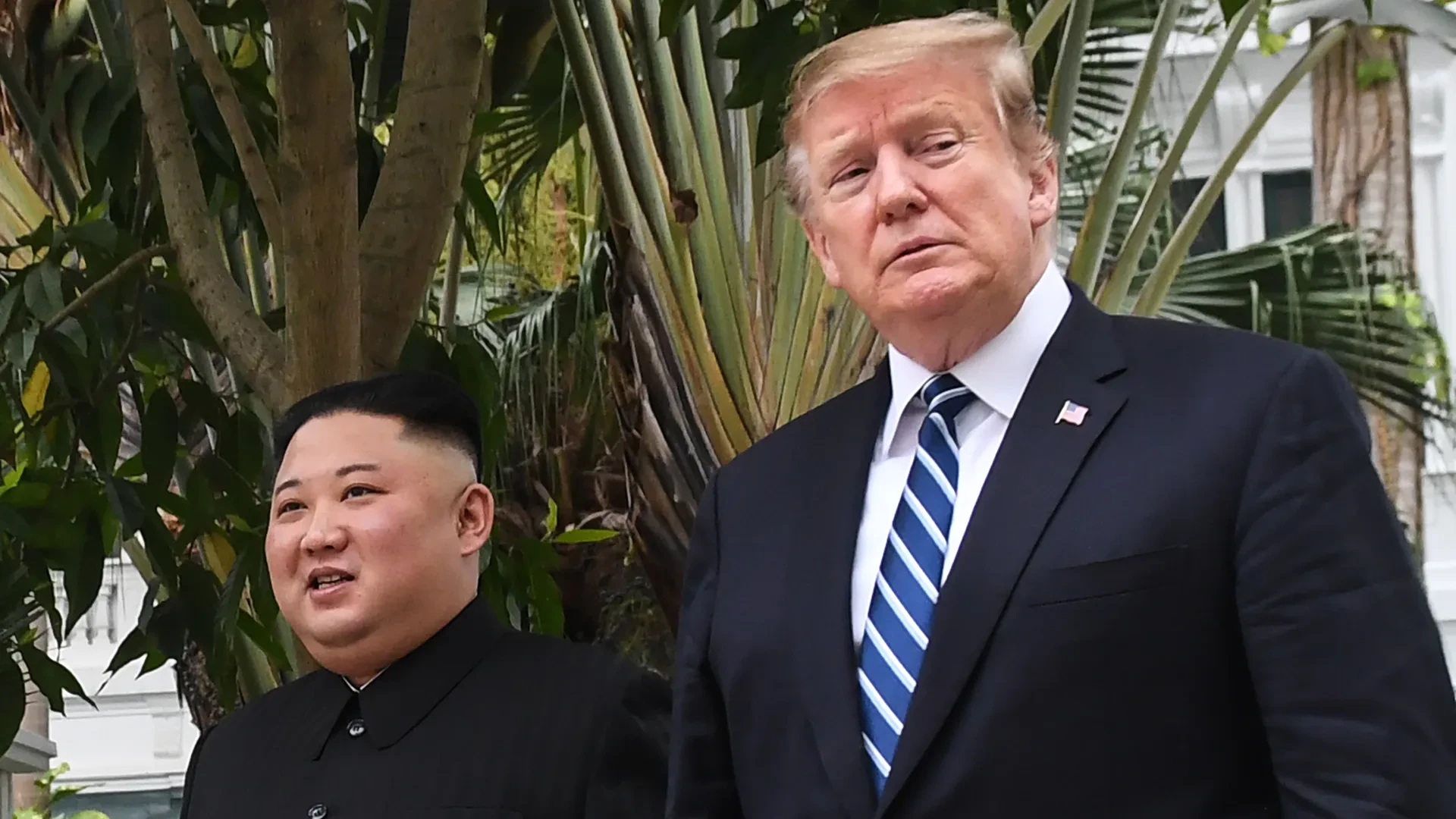
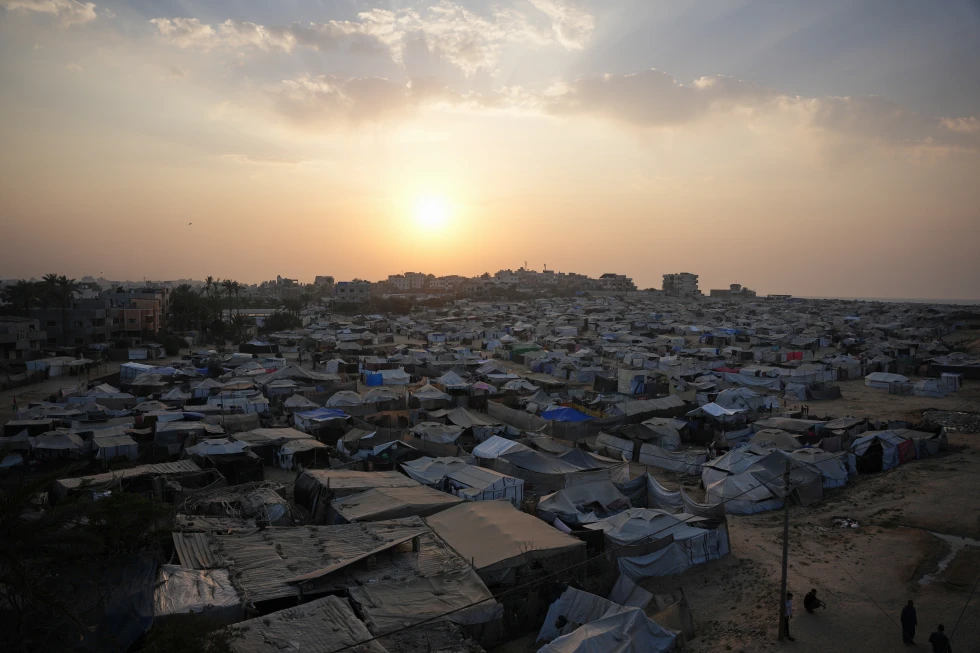
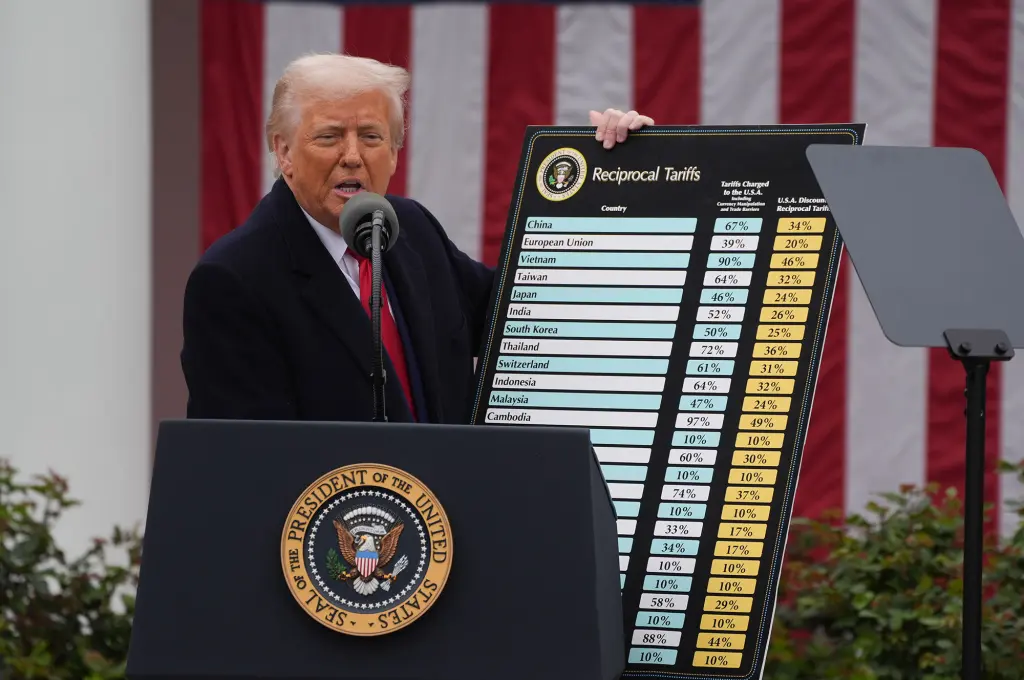
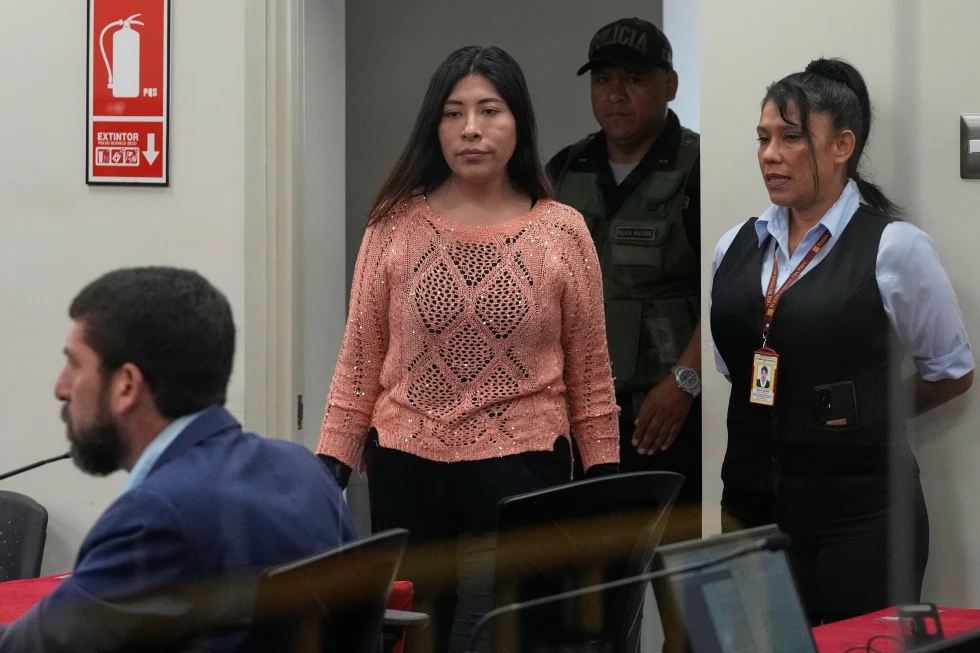
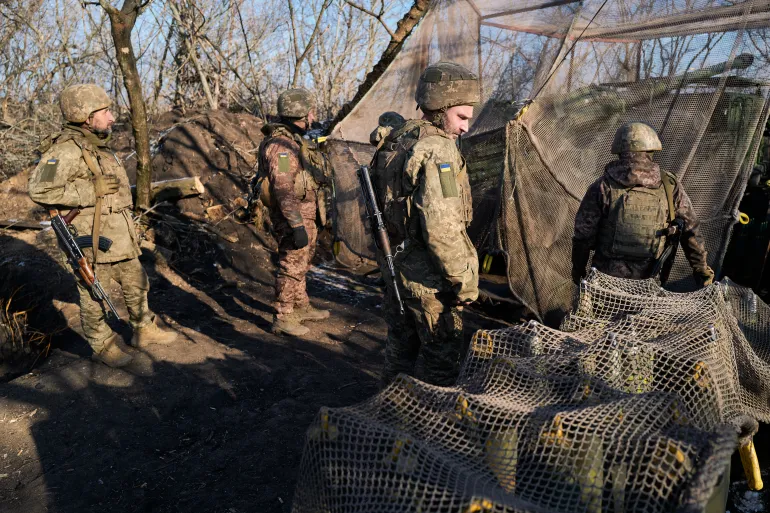

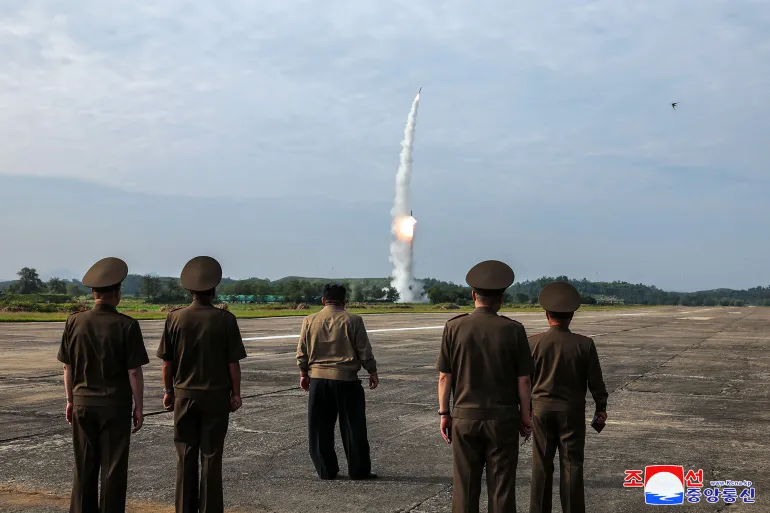

Discussion